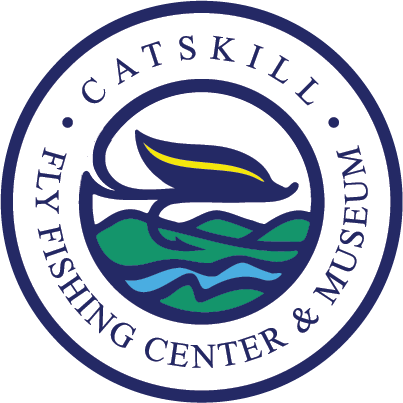Planned Giving
Giving to the Catskill Fly Fishing Center with Purpose
Understanding Planned and/or Charitable Giving
When most people think of giving to the Catskill Fly Fishing Center (CFFCM), they picture dropping a few dollars into a jar at an event, writing a check to the CFFCM, or giving online. While these gifts are essential to keeping the CFFCM running, there are other ways to give—ways that can benefit both the donor and the CFFCM in a more lasting and meaningful way. This is where planned giving comes into play.
What Is Charitable Giving?
Charitable giving refers to any donation made to a nonprofit organization, whether it’s a one-time gift, recurring donation, or a contribution of goods, services, or time. These gifts help support everything from education and healthcare to environmental protection and the arts. Many people give simply because they believe in the mission of a particular organization, but what they may not realize is that charitable giving can also offer financial benefits, such as tax deductions.
What Is Planned Giving?
Planned giving takes charitable donations a step further by integrating philanthropy into estate and financial planning. These are gifts that individuals plan in advance and often give later in life or after passing away. The goal is to maximize the impact of a gift while also considering the donor’s financial goals, such as retirement income, tax advantages, and wealth preservation for heirs. Planned giving is particularly powerful because it allows donors to make larger contributions than they might be able to give outright, all while ensuring their legacy continues to support the Catskill Fly Fishing Center.
Common Types of Planned Gifts
1. Bequests – One of the simplest ways to make a planned gift is through a will or trust. A donor can designate a specific dollar amount, a percentage of their estate, or a particular asset to the CFFCM. Bequests allow people to support the CFFCM without affecting their financial security during their lifetime.
2. Charitable Gift Annuities – This type of gift allows a donor to contribute a sum of money to the CFFCM in exchange for regular income payments for the rest of their life. After the donor passes away, the remaining funds go to the CFFCM.
3. Charitable Remainder Trusts – These trusts allow donors to receive income for a set period while ensuring that the remaining assets go to the CFFCM after their passing. This approach provides both financial security and philanthropic impact.
4. Donor-Advised Funds (DAFs) – A donor can contribute to a DAF, receive an immediate tax deduction, and then recommend grants to the CFFCM and other charities over time. It functions like a charitable investment account, allowing donors to grow their contributions before distributing them.
5. Retirement Assets & Life Insurance – Designating the CFFCM as a beneficiary of a retirement account or life insurance policy can be a tax-efficient way to give. Since the CFFCM doesn’t pay income tax, it receives the full benefit of these assets, which might otherwise be reduced by taxes if left to heirs.
Why Consider Planned Giving?
Planned giving isn’t just for the wealthy. Anyone with a desire to make a lasting impact can incorporate charitable giving into their estate planning. Not only does it provide an opportunity to leave a meaningful legacy to the CFFCM, but it can also offer tax advantages and financial benefits for the donor and their heirs. By working with financial advisors, attorneys and accountants, you can craft a giving plan for the Catskill Fly Fishing Center that aligns with your values and goals—allowing you to make a difference today and for generations to come.
